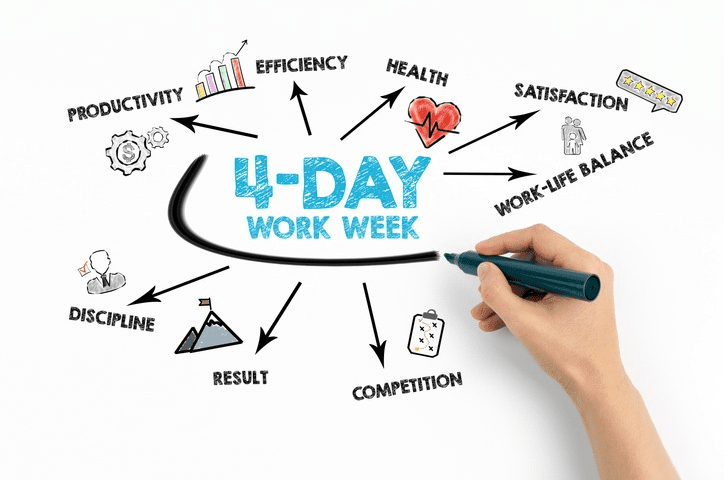Single use plastics ban to take effect from October 2023. England sets the date:
From October 1, 2023, England will crack down on single-use plastics, including polystyrene cups, cutlery, and more, as part of its commitment to reduce plastic pollution and protect the environment, so businesses, get ready to make the switch
The upcoming ban includes polystyrene cups and food containers, single-use plastic cutlery and single-use balloon sticks. There will also be a restriction to the supply of single-use plastic trays and bowls to members of the public, although businesses can continue to supply these items if they are used as packaging in shelf-ready pre-packaged food items.
How to prepare for the single-use plastics ban:
The government response to the consultation on these bans, published in January, set out that these restrictions would be introduced from October 2023 instead of April 2023, giving businesses more time to prepare.
Businesses will need to use up existing stock and find alternative substitutes or reuse solutions by 1 October 2023.
This ban compliments the existing restrictions on other single-use plastic items including plastic straws, cotton buds and drink stirrers
and our carrier bag charge.
Why we are banning single-use plastics
The government is committed to tackling plastic pollution and littering and to reduce avoidable waste. Single-use plastics have damaging environmental impacts as they are commonly littered and are difficult to recycle. These impacts need to be managed so that we can protect our environment.
Damaging environmental impacts:
Plastic pollution takes hundreds of years to break down and inflicts serious damage to the environment. It is also a source of greenhouse gas emissions, from the production and manufacture of the plastic itself to the way it is disposed of.
Unnecessary littering: England uses around 2.7 billion items of single-use cutlery — most of which are plastic — and 721 million single-use plates per year, but only 10% are recycled.
We know that people and businesses want to do the right thing for the environment and support our ban on single-use plastics. However, if the rules are not complied with, a range of enforcement options have been provided, including both civil and criminal sanctions. The bans will be enforced by Trading Standards.
Further information
- Access single-use plastics ban Q&As
- Download the single-use plastics ban poster to see what items are included and what items are exempt
- View the single-use plastics ban toolkit for useful communication products
- Guidance: New restrictions on polystyrene cups and food containers, single-use plastic cutlery, balloon sticks, trays, bowls and plates
- Guidance: Existing single-use plastic item restrictions
- Guidance: Carrier bag charge
Further questions
- If you have any questions about what the new rules mean for your business, please contact Plastics.Consultation@defra.gov.uk.
- You can also visit the Defra stand at the Restaurants and Takeaway packaging EXPO on 10-11 October, where you can speak directly with the Department’s SUP experts.
Sign up to the UK Plastics Pact
Members of the UK Plastics Pact have achieved an 84% reduction in unnecessary single-use plastics since 2018 by successfully driving the reuse of problematic plastic items. To find out more and to be part of this success please sign up here.
Thank you to businesses and trade associations who have already offered to share information to help businesses comply with the ban by generating further public awareness and understanding of the need to minimize single-use plastic waste.




